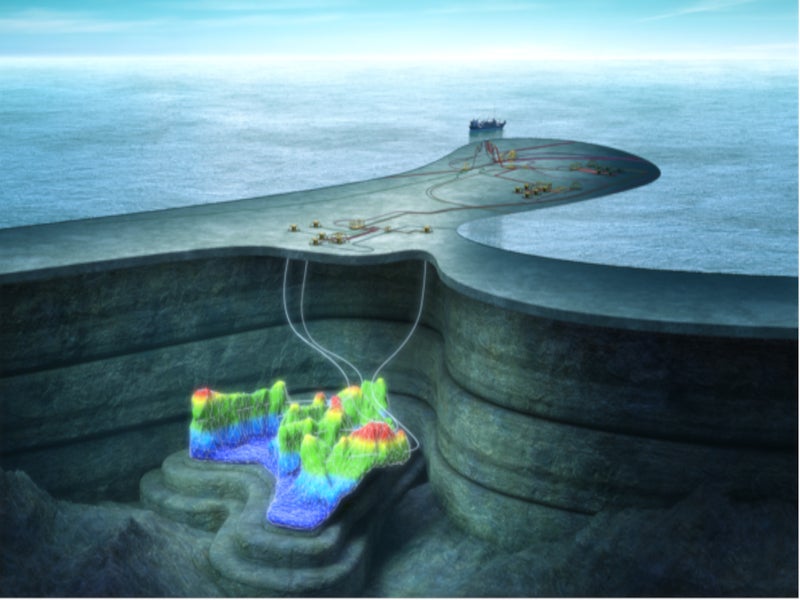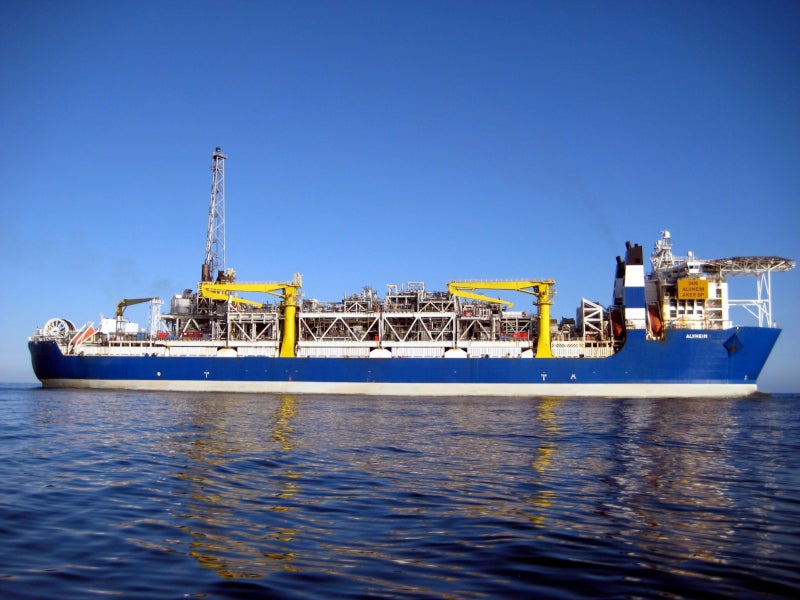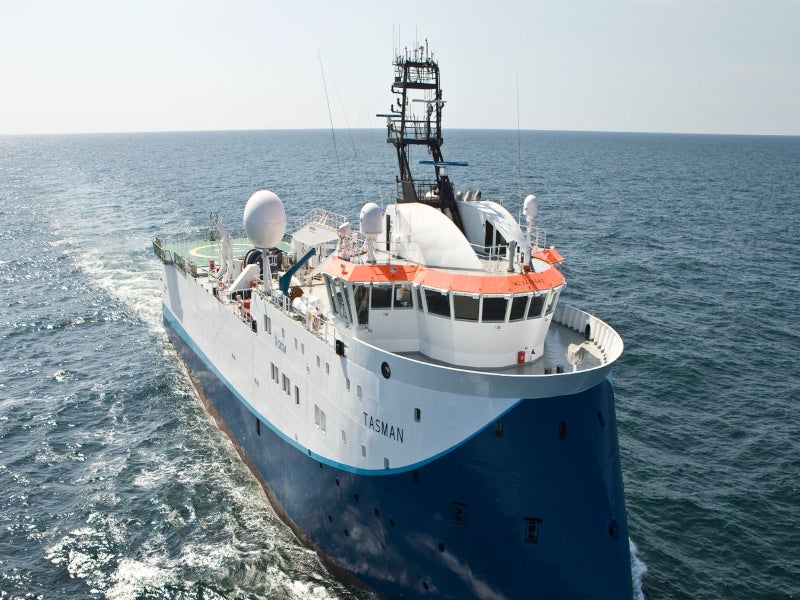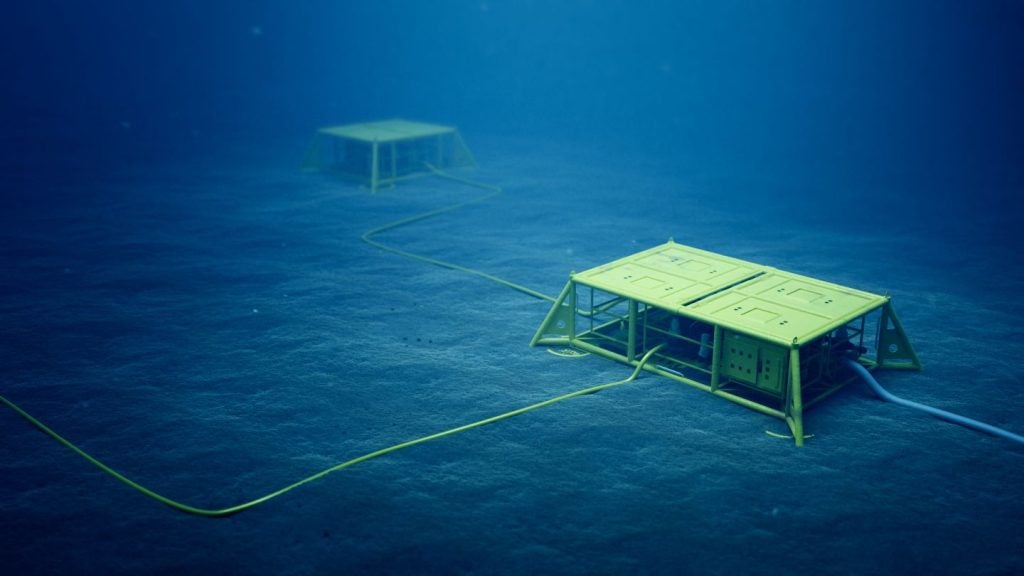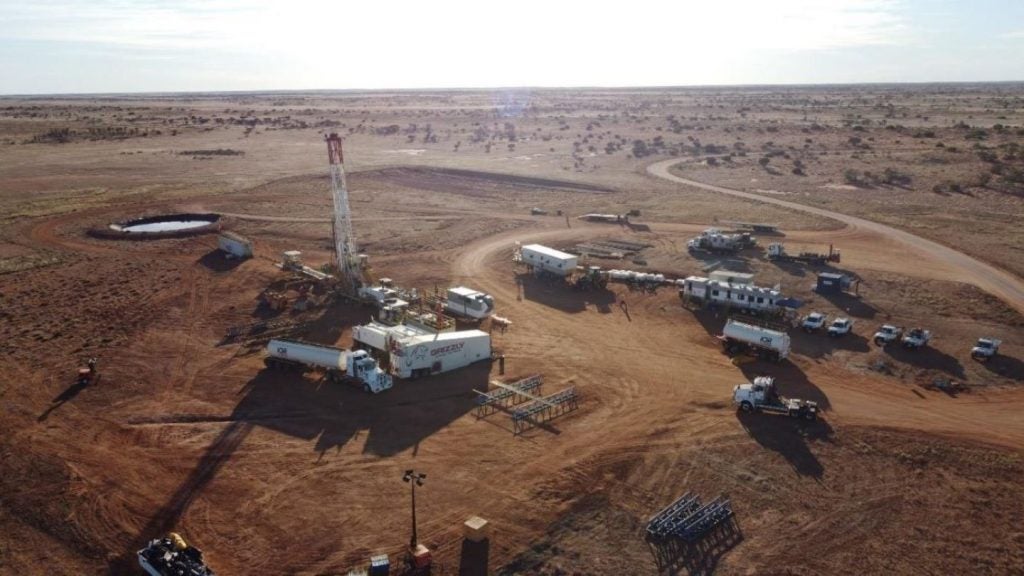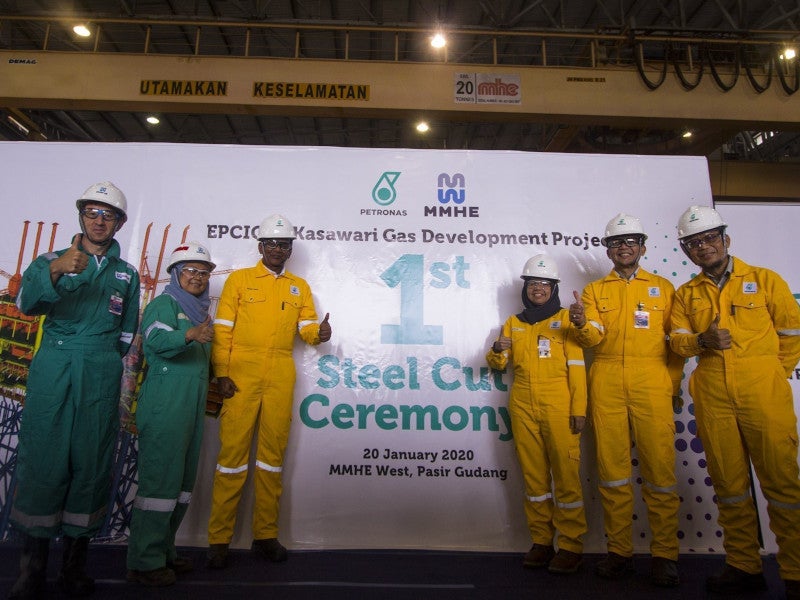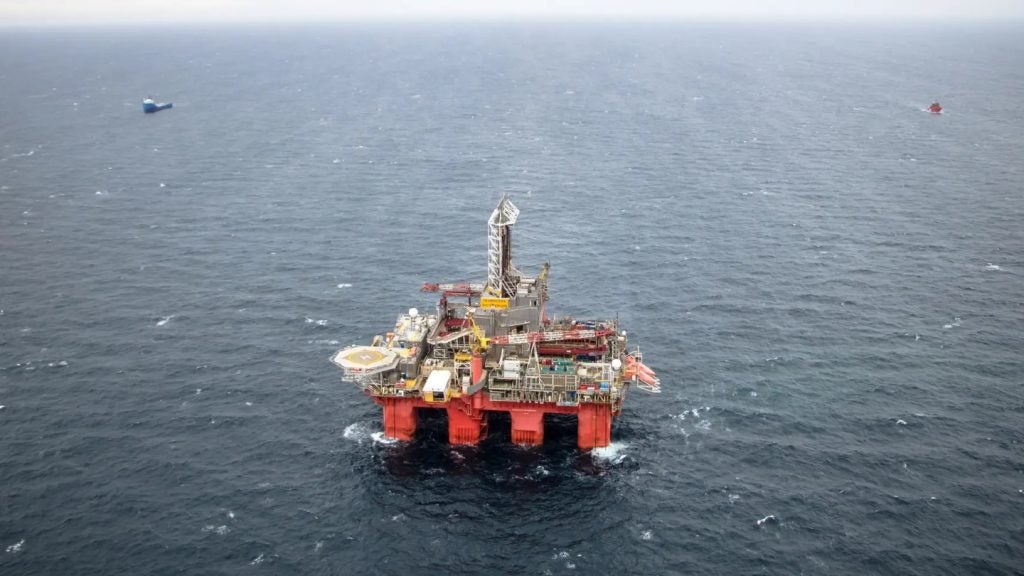The Frosk field llies in production licences 340 and 869, approximately 25km south of the Alvheim field in the Central North Sea on the Norwegian Continental Shelf (NCS)..
Frosk is co-owned by the operator Aker BP (80%), with Var Energi (20%) as the licence partner. The plan for development and operation (PDO) of the field was submitted to the Norwegian Ministry of Petroleum and Energy (MPE) in September 2021, and was approved in July 2022.
Aker BP started production at the Frosk field in March 2023, only 18 months after the PDO submission.
The field is being developed with an estimated investment of approximately Nkr2bn ($230m) to extract the estimated recoverable reserves of ten million barrels of oil equivalent (boe).
Frosk field discovery details
The Frosk field, containing a sandstone injectite reservoir, was discovered with the drilling of the 24/9-12S wildcat well in production licence (PL) 340, using semi-submersible installation Transocean Arctic in 2018.
The well comprises two wellbores, of which one was drilled to a vertical depth of 2,251m below the seabed in early Eocene reservoir sandstones while the other technical side-track 24/9-12S T2 was drilled to a vertical depth of 2,326m in the Paleocene Heimdal Formation.
The discovery well intercepted a 10m oil column in a 40m-thick layer of sandstone with good reservoir quality in the reservoir rocks in the Hordaland group. Three additional thin, oil-bearing sandstone layers totalling 5m with moderate to good reservoir quality were also encountered in the higher area of the Hordaland group.
Appraisal details
The Frosk field was appraised with two wells. The appraisal well 24/9-12A was drilled 850m southwest of the 24/9-12S well to a vertical depth of 2,162m below sea level up to the Hermod Formation in the Paleocene.
The well intercepted about 30m of oil column in a reservoir sandstone with very good reservoir properties in the Hordaland group. Four thin gas-bearing layers totalling 5m with very good reservoir qualities were also found.
The exploration well 24/9-15A was drilled to delimit the northern part of the 24/9-12S discovery, which encountered oil-bearing reservoir layers totalling 50m with very good reservoir properties in the Hordaland group.
Another exploration well 24/9-15S (Froskelar Nordost) was drilled to a total vertical depth of 1,900m below sea level to prove the potential of the reservoir rocks in the intra Hordaland group. The well intercepted a vertical oil column of 49m, with 10m of sandy layer mostly with very good reservoir properties.
Shearwater’s multi-purpose vessels WG Tasman and WG Cook were utilised for the seismic survey at the field. The company’s Q-Seabed ocean bottom seismic (OBS) system was also used for the survey.
Frosk field development details
The Frosk oil field is being developed with two new production wells, which are tied back to the Alvheim floating, production, storage and offloading (FPSO) vessel located 25km southwest of the field, via the existing Boyla and Alvheim subsea infrastructure.
It is the first subsea tieback project to the Alvheiem FPSO, with two more projects, namely Kobra East & Gekko and Tyrving (Trell and Trine) planned to come on stream in 2024 and 2025, respectively.
The Alvheim FPSO is a 252.16m-long vessel converted from the multi-purpose shuttle tanker, Odin. The vessel has a moulded breadth of 42m and moulded depth of 23.2m. The design capacity of oil and natural gas is 120,000 barrels per day (bpd) and 125 million metric cubic feet per day (MMcfd), respectively. The FPSO has a storage capacity of 560,000 barrels of oil.
Contractors involved
Aker BP’s alliances significantly contributed to the development of the project. The Semi Alliance of Aker BP with Odfjell Drilling and Halliburton was responsible for the drilling and completion of new wells at the field, while the Subsea Alliance comprising Aker BP, Subsea 7 and Aker Solutions executed the subsea infrastructure development.
Marine geophysics and seismic surveys specialist PGS provided its imaging tool PGS LSM to study the reservoir for characterisation.
Marine geophysical company Shearwater GeoServices received a multi-year OBS contract from Aker BP for conducting surveys at the Frosk field along with Ivar Aasen and Valhall fields in 2019.

